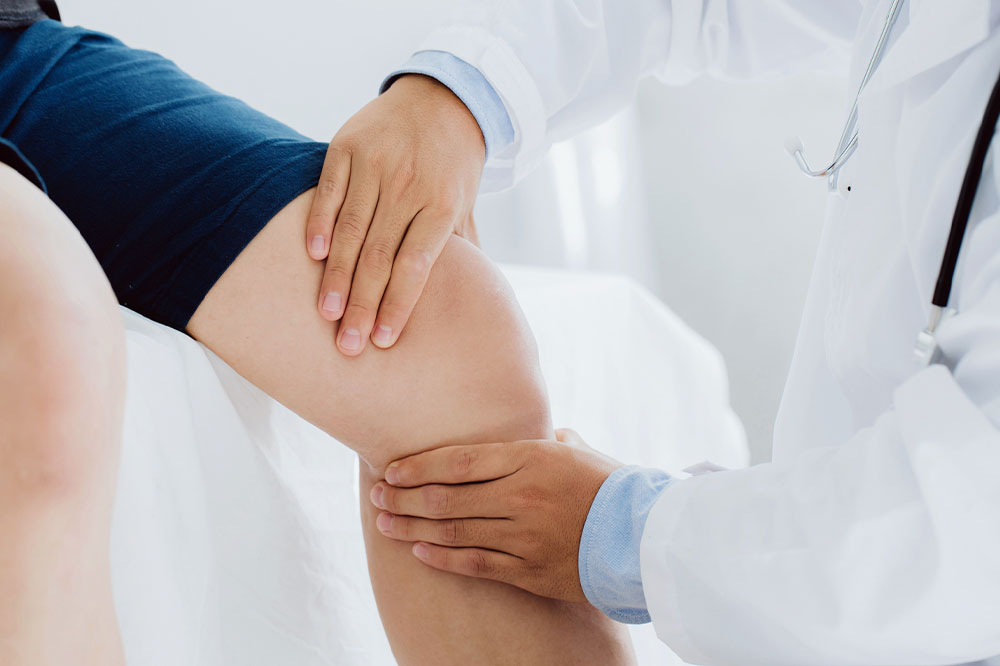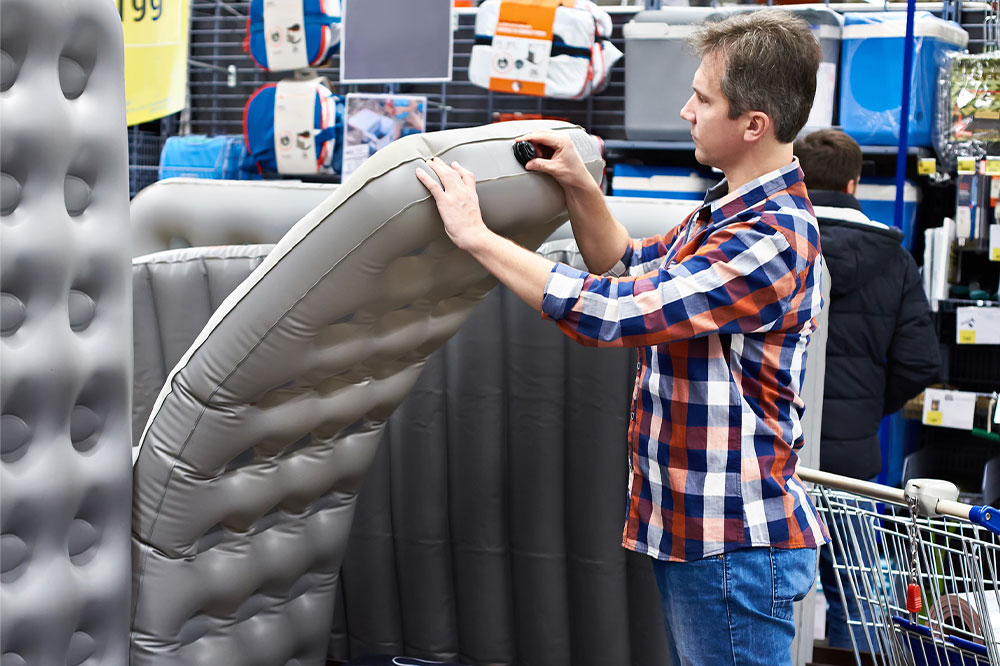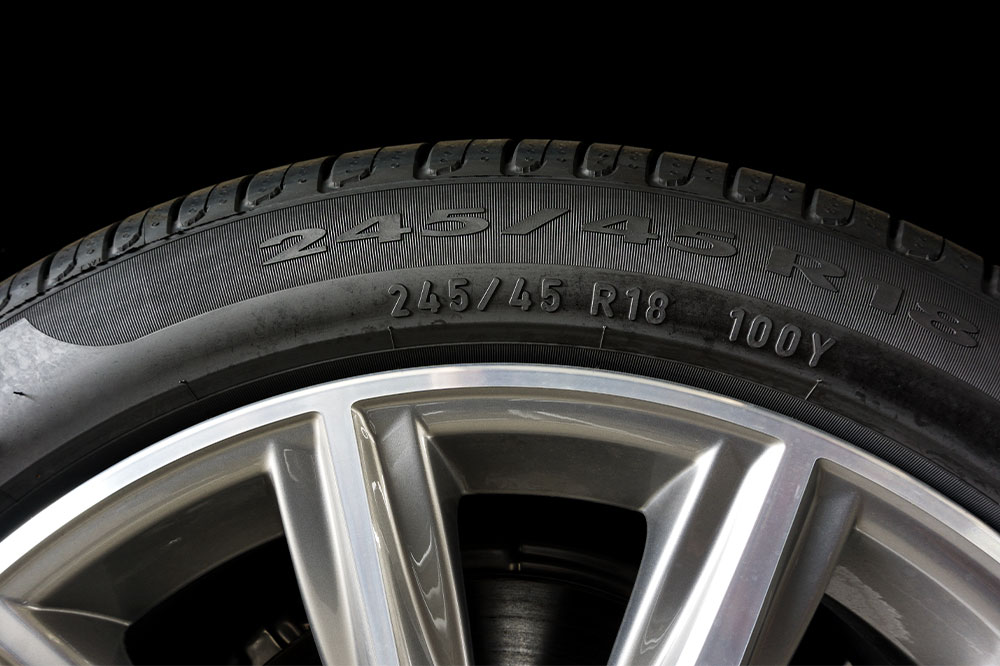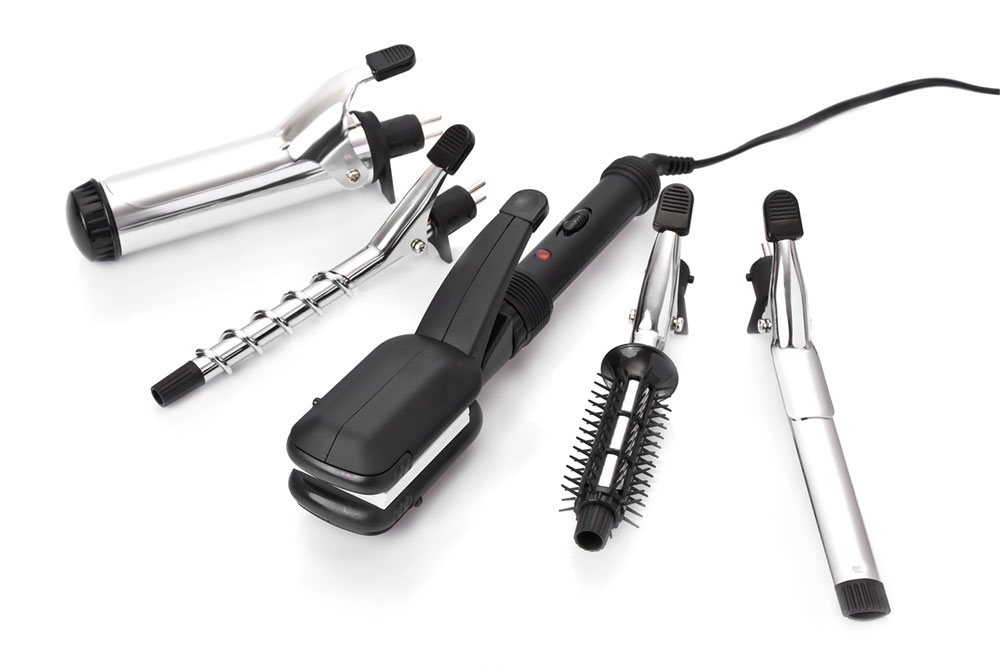8 early warning signs of osteoporosis

Osteoporosis is a condition that is characterized by the weakening of bones. The bones become so brittle that even a mild strain can cause a fracture. This happens because the new bone tissues are not regenerating fast enough to replace the old tissues. The exact cause behind this has yet to be discovered. However, several early warning signs indicate susceptibility to osteoporosis, especially among women. These help in timely diagnosis and treatment.
- Low bone density
Low bone density means that the mineral density in your bones has declined. Due to this, the body cannot generate new bone at the same rate as it absorbs the old bone. This condition is called osteopenia. Although being diagnosed with osteopenia doesn’t indicate osteoporosis, it is one of the early warning signs. This is because low bone density often precedes severe osteoporosis. If you have been diagnosed with osteopenia, consult your primary care doctor for regular tests and examinations to prevent further bone loss. - Brittle bones
Another tell-tale early warning sign of osteoporosis is brittle bones. Therefore, there is a higher risk of breaking a bone. These fractures usually occur in the wrist, spine, and hips. However, fractures can occur in any part of the body. It is not necessary that these fractures will occur due to a hard fall or accident. For those with osteoporosis, brittle bones may break even from mild trauma. Fractures can happen during normal routine activities such as bending to pick, opening a window, or lifting something. - Bad posture
The onset of osteoporosis is sometimes preceded by the bones in the spine becoming weak. As a result, there can be fractures in the vertebrae or the bones in the spine. These compression fractures in the vertebrae occur under normal pressure and are not necessarily due to trauma. It can lead to issues with posture while sitting down, sleeping, or even walking. - Family history
There are genetic components that have a direct impact on the mineral density of bones. In addition, genes play a role in the formation of the bones and the processes that take place within the bone itself. So if a close family member has osteoporosis or fracture sensitivity, consider this an early warning sign. If either one of your parents has experienced a fracture, especially in the hips, you can be at high risk. Getting screened as early as possible will ensure you get a timely diagnosis. - Hunched upper back
Compression fractures of the vertebrae can lead to bad posture and a hunched upper back. The upper back vertebrae collapse to cause a stooped posture. This condition is also known as dorsal kyphosis. It is sometimes also referred to as Dowager’s hump or widow’s hump. Though it is usually observed in those with osteoporosis, dorsal kyphosis can also be a sign of other health conditions. - Losing height
Losing your height is one of the common signs of aging. However, it can be a red flag if you lose more than 1.5 inches of your height. Those with undiagnosed osteoporosis have often been observed complaining about losing their height. This occurs because the spinal vertebrae or the backbones become fragile with age. Also, compression fracture causes the backbones to press against each other and collapse into one another. - Back pain
Another common early warning sign of osteoporosis is experiencing sudden and severe back pain frequently. This pain generally occurs in the middle or lower part of the back. It happens due to compression fractures and the pressure on the backbones. It is essential to consult your primary healthcare provider if you have the risk factors for osteoporosis and experience back pain regularly. - Gastrointestinal problems
In some cases, you may also experience gastrointestinal problems during the early onset of osteoporosis. Some of the common symptoms include lack of appetite, feeling full quickly, constipation, bloating, and abdominal pain. These symptoms are experienced due to the reduced space in the stomach. The ribs come closer to the pelvis affecting the digestive process. All these happen because of compression or lumbar fractures in the lower back caused by osteoporosis.
The development of osteoporosis is caused due to several factors, including genetics, lifestyle habits, and health conditions, among others. When one experiences any of the signs mentioned above, it’s advised to consult a specialist at the earliest.









